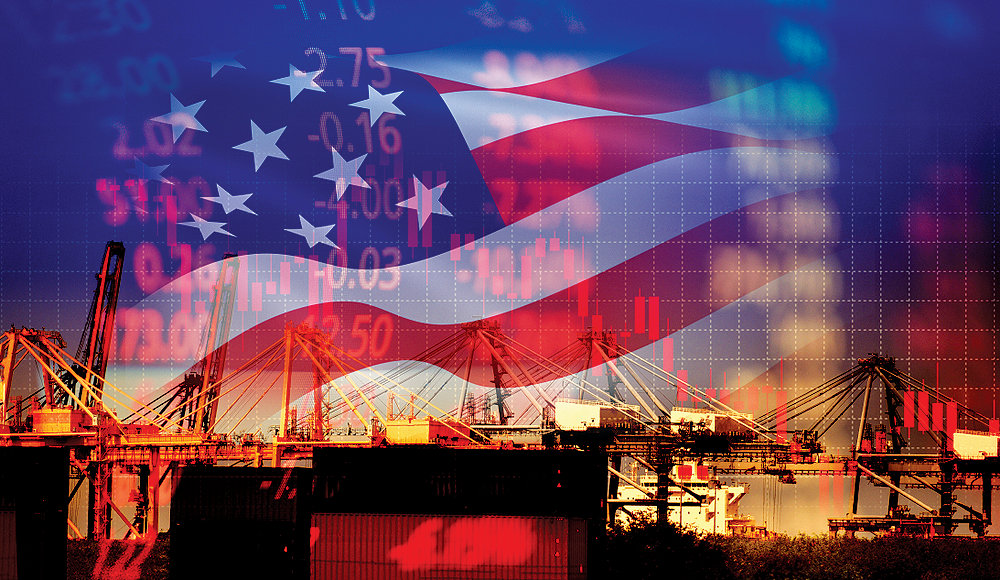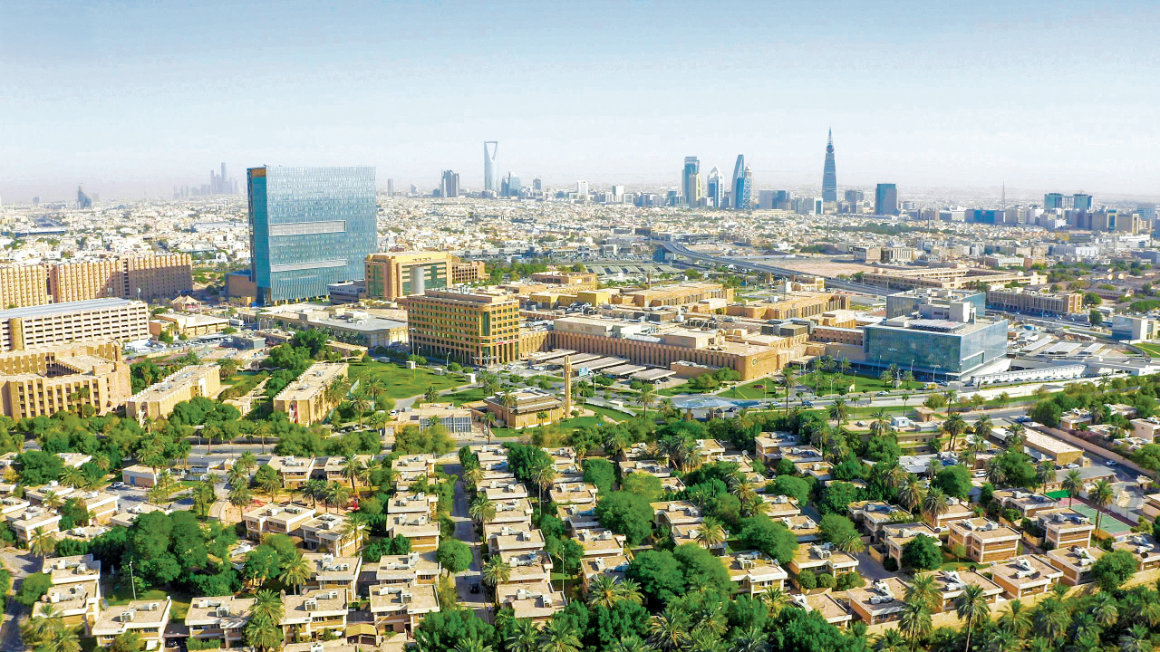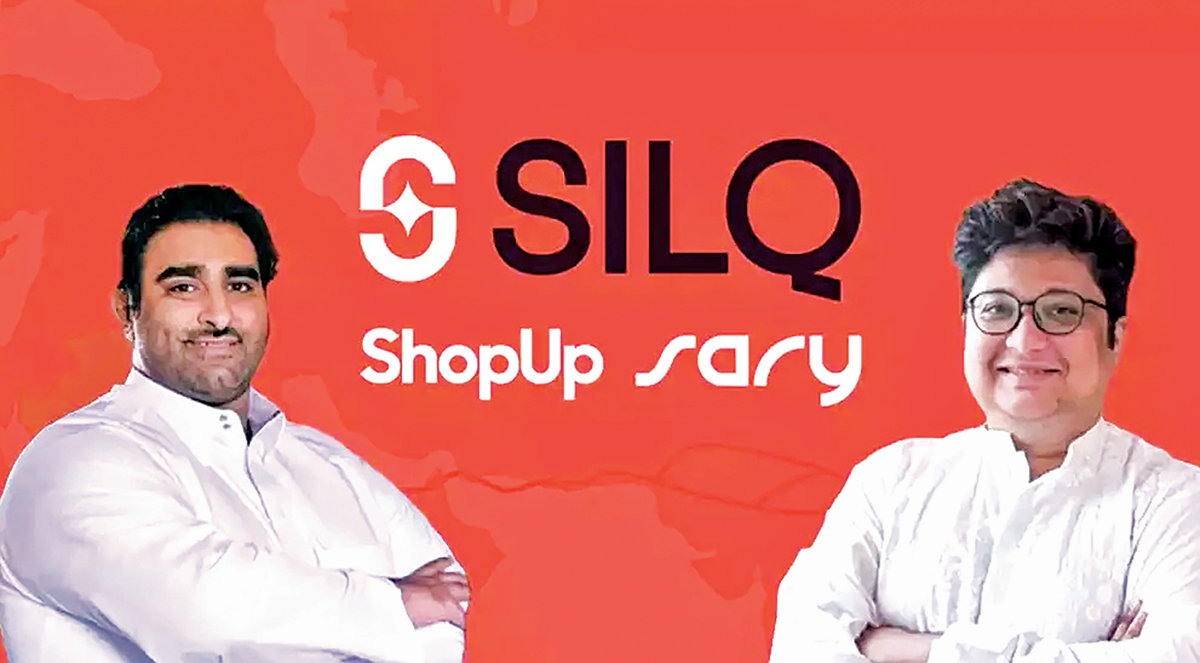ABU DHABI: The Emirati president-designate of the upcoming United Nations COP28 climate talks called on oil and gas companies on Monday to be “central to the solution” to fighting climate change, even as the industry boosts its production to enjoy rising global energy prices.
The call by Sultan Al-Jaber highlights the gap between climate activists suspicious of his industry ties and his calls to drastically slash the world’s emissions by nearly half in seven years to limit global warming to 1.5 degrees Celsius (2.7 degrees Fahrenheit) compared with pre-industrial times.
“That is our North Star. It is in fact our only destination,” Al-Jaber said. “It is simply acknowledging and respecting the science.”
However, he added: “We must do this while also ensuring human prosperity by meeting the energy needs of the planet’s growing population.”
Al-Jaber serves as the CEO of the state-run Abu Dhabi Oil Co., which has the capacity to pump 4 million barrels of crude oil a day and hopes to reach 5 million barrels a day. He also made the call to the annual Abu Dhabi International Petroleum Exhibition and Conference, which brings together the largest players in the oil and gas industries.
While this year’s conference has been described as focusing on “decarbonizing faster together,” the event is primarily about the drilling, processing and sale of the same carbon-belching fuels driving climate change — which cause more-intense and more-frequent extreme events such as storms, droughts, floods and wildfires. And Al-Jaber himself has repeatedly said the world must rely on oil and gas for the near-term to bridge that gap.
“A phase-down of fossil fuels is inevitable. In fact, it’s essential,” Al-Jaber said. “Yet, this must be part of a comprehensive energy transition plan that is fair, that is fast, just, orderly, equitable and responsible.”
But on the business side, the oil industry is on the rebound. After prices briefly went negative during the lockdowns of the coronavirus pandemic, benchmark Brent crude now trades around $92 a barrel. Diesel prices also are expected to rise as Russia has stopped its exports of the fuel, which likely will worsen global inflation through boosting transportation prices that will get passed onto consumers.
The conference highlights the challenge the United Arab Emirates has faced in trying to convince already-critical climate scientists, activists and others that it can host the UN Conference of the Parties — where COP gets its name.
Though all smiles at Monday’s conference, Al-Jaber has acknowledged the withering criticism he’s faced. On Saturday, he offered a full-throated defense of his country hosting the talks he’s slated to lead, dismissing critics who “just go on the attack without knowing anything, without knowing who we are.”
“For too long, this industry has been viewed as part of the problem, that it’s not doing enough and in some cases even blocking progress,” Al-Jaber told the conference. “This is your opportunity to show the world that, in fact, you are central to the solution.”
Following immediately after Al-Jaber, OPEC Secretary-General Haitham Al-Ghais praised his speech and defended the oil industry.
“We see calls to stop investing in oil. We believe this is counterproductive,” Al-Ghais said. “The cornerstone of global economic prosperity today is energy security.”
Al-Jaber said 20 oil and gas companies had pledged to be “net zero” by or before 2050 and eliminate routine gas flaring by 2030. However, the industry would still be producing the oil and gas that release the carbon dioxide that traps heat in the atmosphere.
Al-Jaber, a 50-year-old longtime climate envoy, has been behind tens of billions of dollars spent or pledged toward renewable energy by this federation of seven sheikhdoms on the Arabian Peninsula. Al-Jaber and his supporters — including US climate envoy and former Secretary of State John Kerry, who is on a trip to the UAE this week — say that’s a sign he can lead the COP28 talks.
Meanwhile, Turkish Energy Minister Alparslan Bayraktar said at the Abu Dhabi conference that an Iraqi-Turkish oil pipeline that had been halted for months would see its flow restart this week.
“As of today, the pipeline is ready to operate,” he said. “And within this week we will start operating the Iraqi-Turkiye pipeline, which after the resuming of oil operations, will be able to supply half a million barrels to the oil market.”
He did not elaborate on what the terms would be for the 970-kilometer (600-mile) pipeline, which is Iraq’s largest. In March, Iraqi officials won an international arbitration case to halt oil exports from the semiautonomous Kurdish region to Ceyhan, Turkiye, on the Mediterranean Sea.
Iraqi and regional Kurdish government officials did not immediately acknowledge the pipeline reopening, though Iraq’s oil minister has said it was anticipated, without elaborating.
Bayraktar said the pipeline also sustained damage in the recent earthquake and flooding in Turkiye that had been repaired.


































